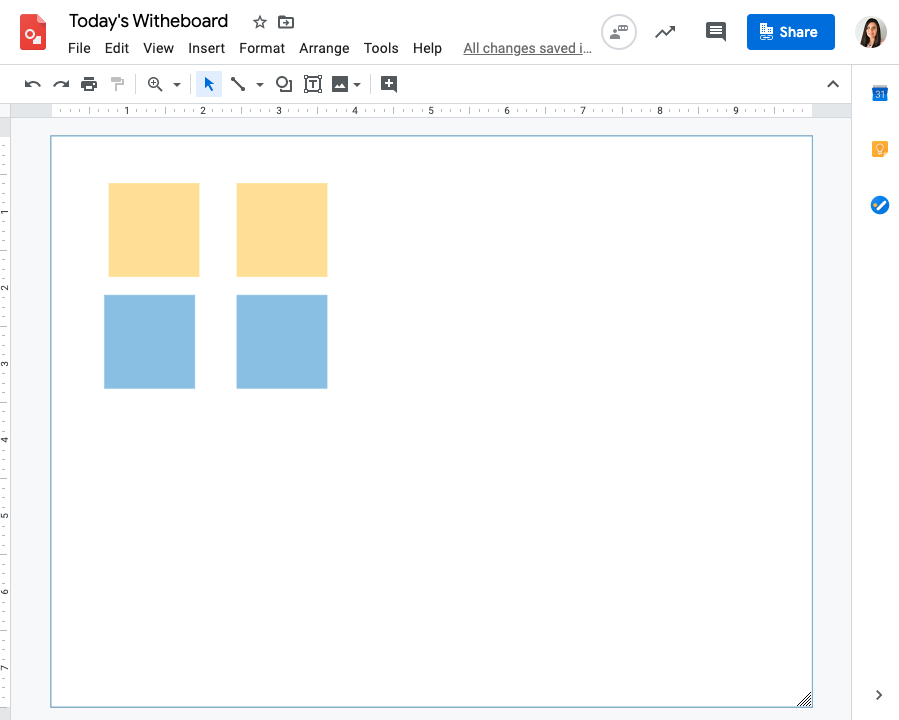Designing great software products means not only collaborating with fellow designers but with the entire organization. A couple of weeks ago the question “Can designers work remotely?” surfaced. And the answer is YES. The UX Team at Nearsoft has been doing it successfully for over ten years.
With the current situation worldwide, most teams have gone full remote mode. Here are four strategies to successfully lead a remote design team.
Set Clear Expectations and Responsibilities
Set the rules of the game even when they seem obvious. When we kick off a project with a new client the first thing we do is to have a meeting to make the rules of the game clear for both sides. Be sure to cover the following points,
- Define the main communication channels that will be used.
- Determine who will be responsible for supporting you and providing feedback.
- Showcase your design process.
If your team is already established, you probably already have something like this. It’s a good idea to go back to that document and do a quick recap now that everyone will be working remotely. If you don’t have something formal, make it just to be sure everyone is on the same channel.
Drive Communication
When working in the same office many ideas and opportunities happen during casual conversations at the kitchen or the game room. Remotely, casual conversations don’t happen as often. One of the dynamics we implemented to keep connected, even if we’re working with different clients, is a Weekly Design Meeting. The idea is that each team member can use that time to present anything from a design challenge they are currently facing to an interactive game to play with everyone. Below are some things that can help you keep communication consistent,
- Plan ahead. We get together once every quarter to review our team dynamic. We use this time to define how often we’ll have the meeting and define who will be presenting.
- Be flexible. Although preparation is key, things will happen. If someone can’t present, use the time to play a game or just chat about your day.
- Invite other people from the organization. Although it’s a design meeting, there may be some design enthusiasts that can enrich the meeting.
- Don’t give up. At some point attendance to the meeting may vary, take this as a feedback. Reinvent the dynamics. Keeping this as a space to share knowledge will bring great insights in the future.

Choose the Right Tool for Your Team
Building software products is not only about what you prefer, but what is best for your team. One of the things that you need to consider is how your team is structured. Ask the tough questions before choosing a tool and committing to it,
- Are you going to be the only designer? Or will you be collaborating with other designers?
- What is the hand off process before your design is implemented?
- How long will it take you to transfer your work from one tool to another?
Making these decisions as a product team, will help you see the bigger picture and find security when uncertainty comes.
Use Your Creativity
In uncertain times, it’s very important to look at the upcoming challenges, focus on how to break them into smaller ones and find a solution for each one of them. It might seem silly but some problems are easy to solve, for example we’ve used,
- Google Drawing to create a whiteboard and use squares as post-its. It might not be the fanciest, but the learning curve is minimum and it works.
- Our phones to take pictures of our board and shared it to Slack. Sometimes technology fails us and we need to go back to basics. A mobile phone’s camera quality is pretty decent nowadays, so it’s a good alternative.

At the end of the day design is strictly about solving problems, and that can be done from anywhere in the world. Working remotely is possible if you tackle challenges as they come and remind yourself that you play an important and collaborative role in your company.